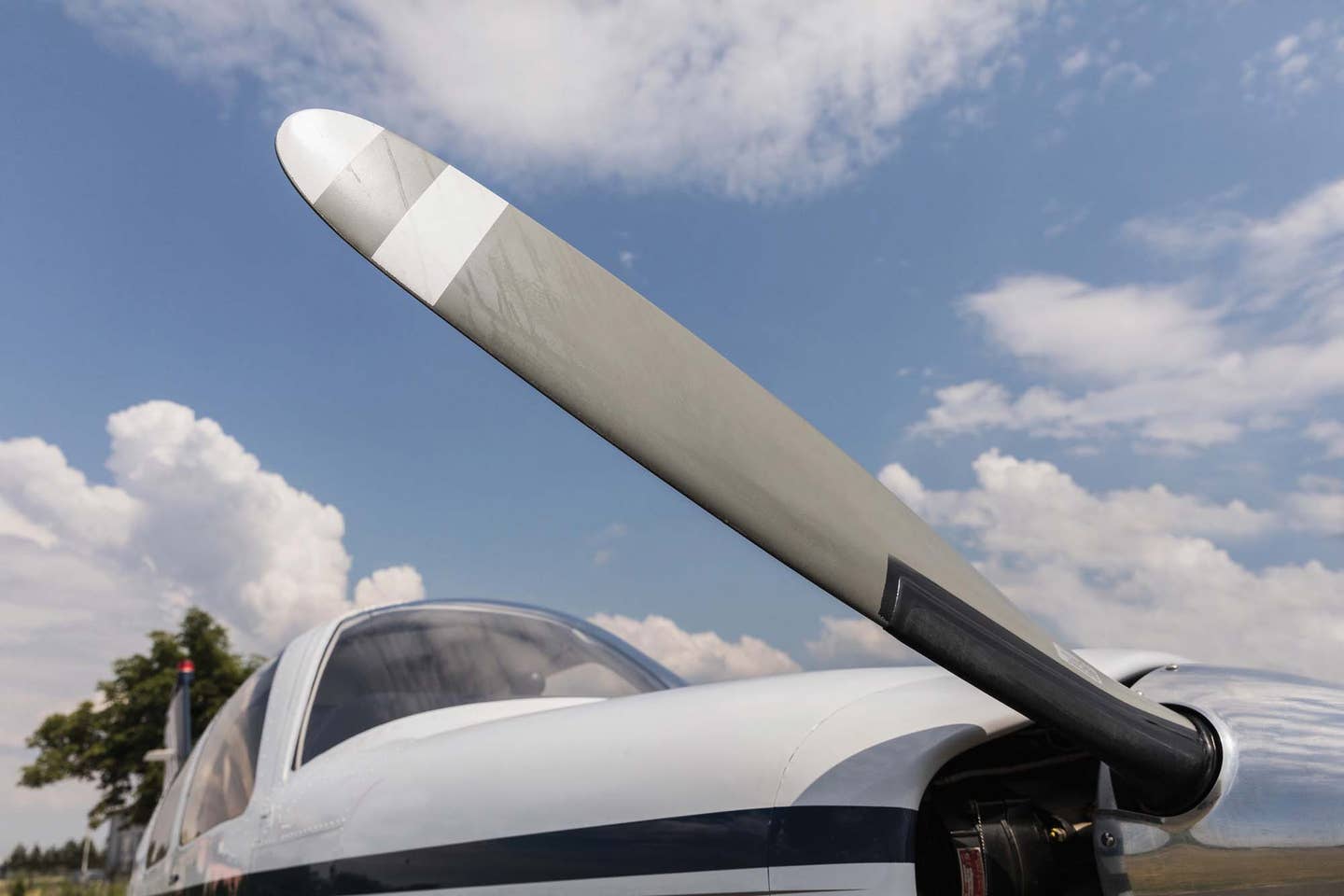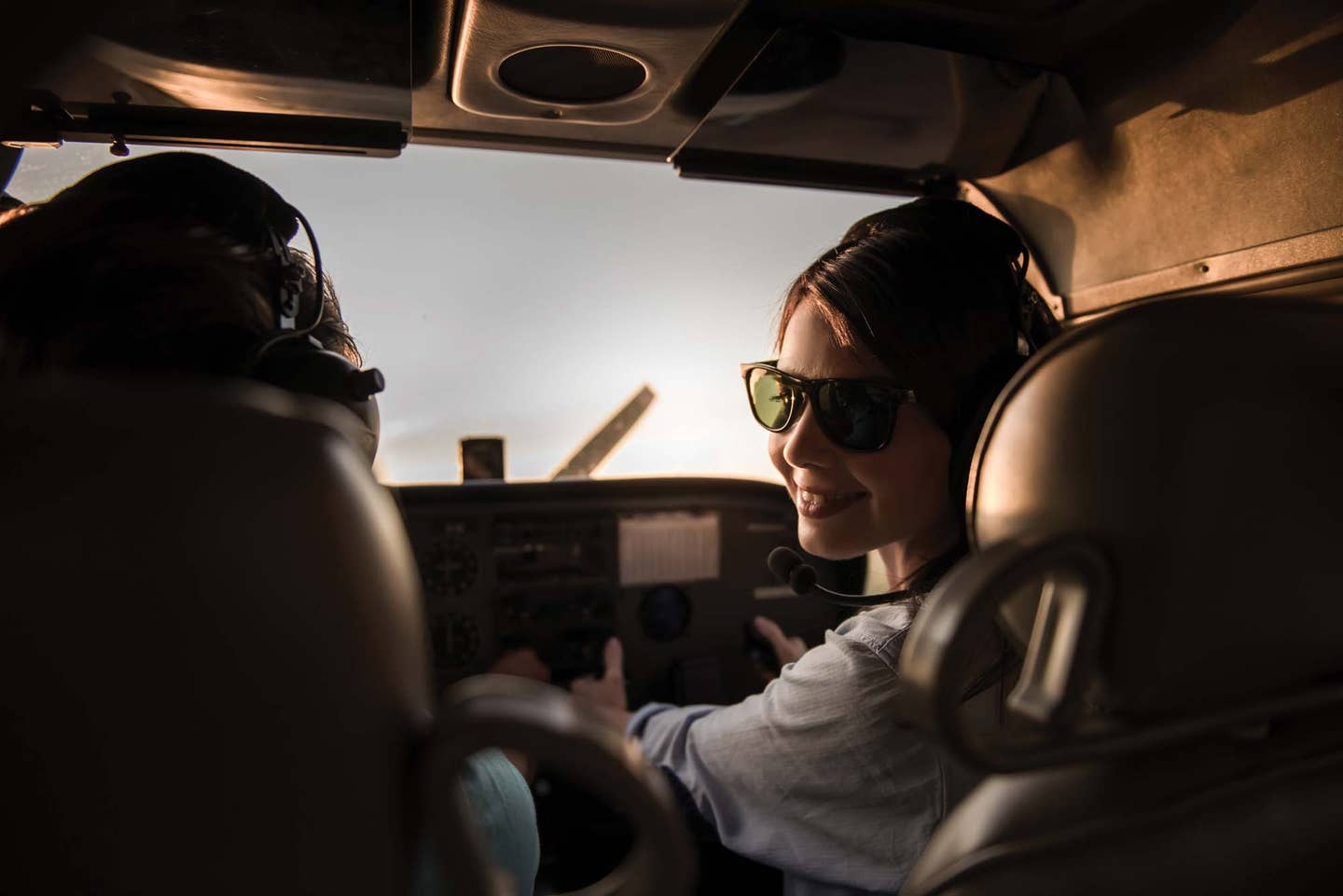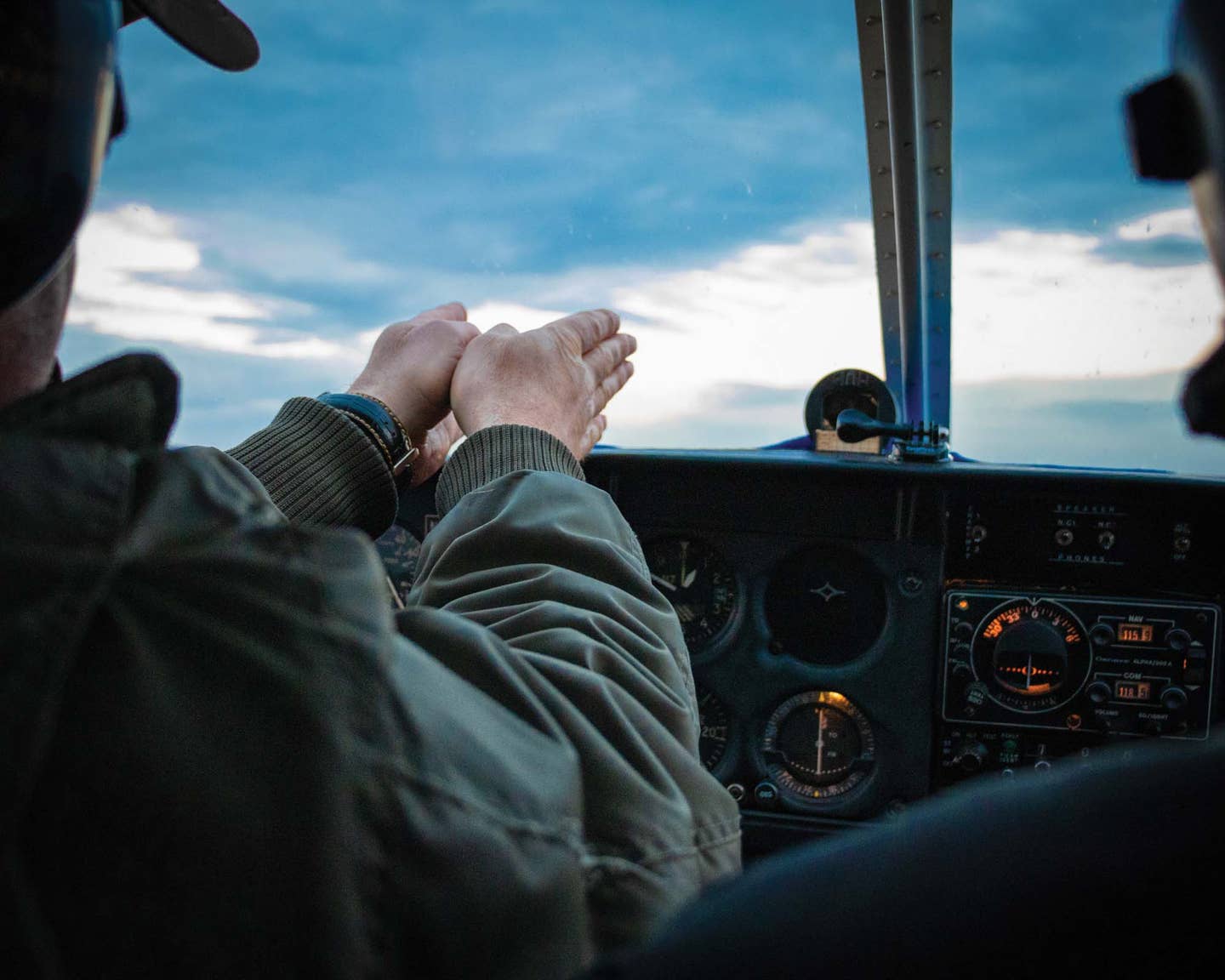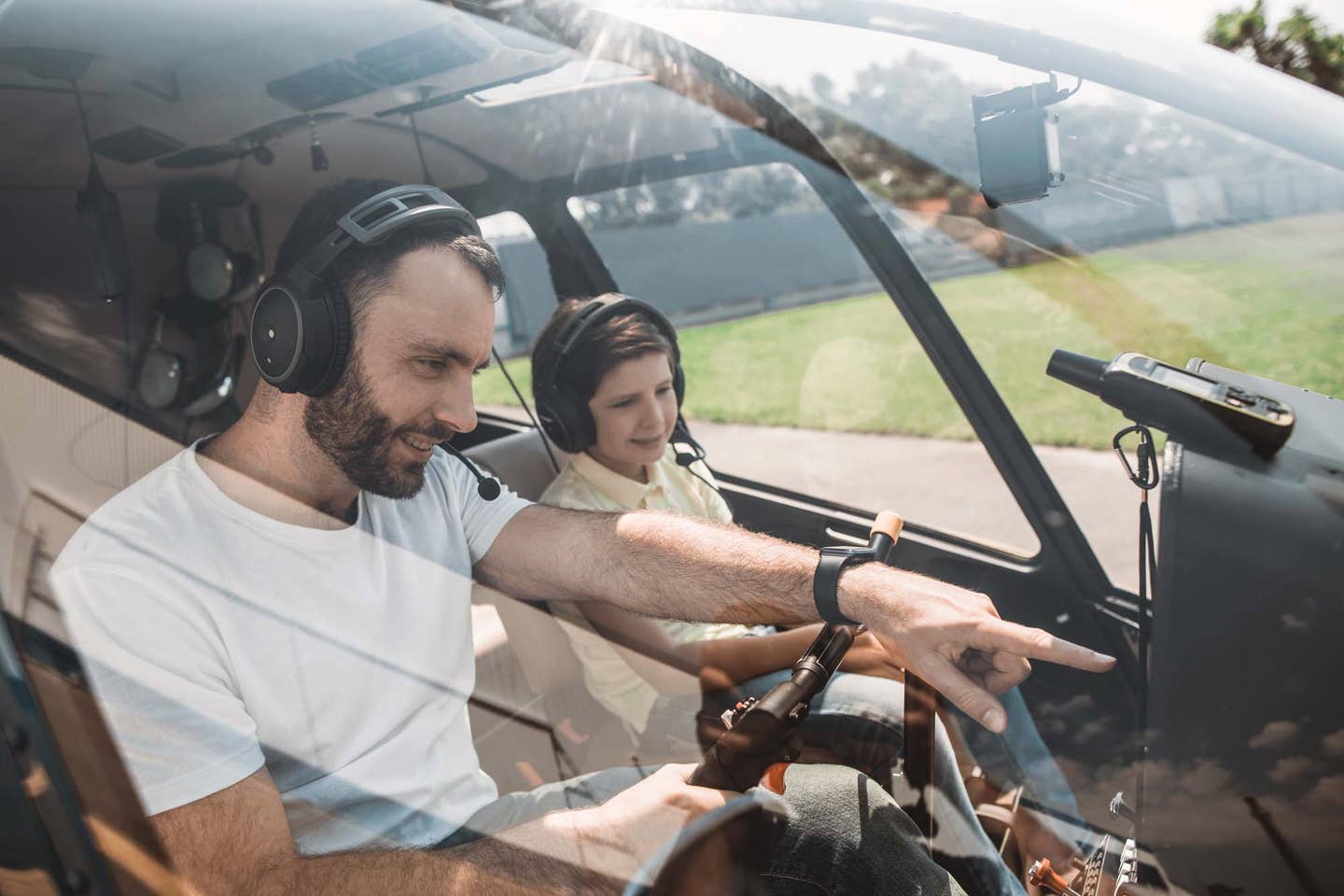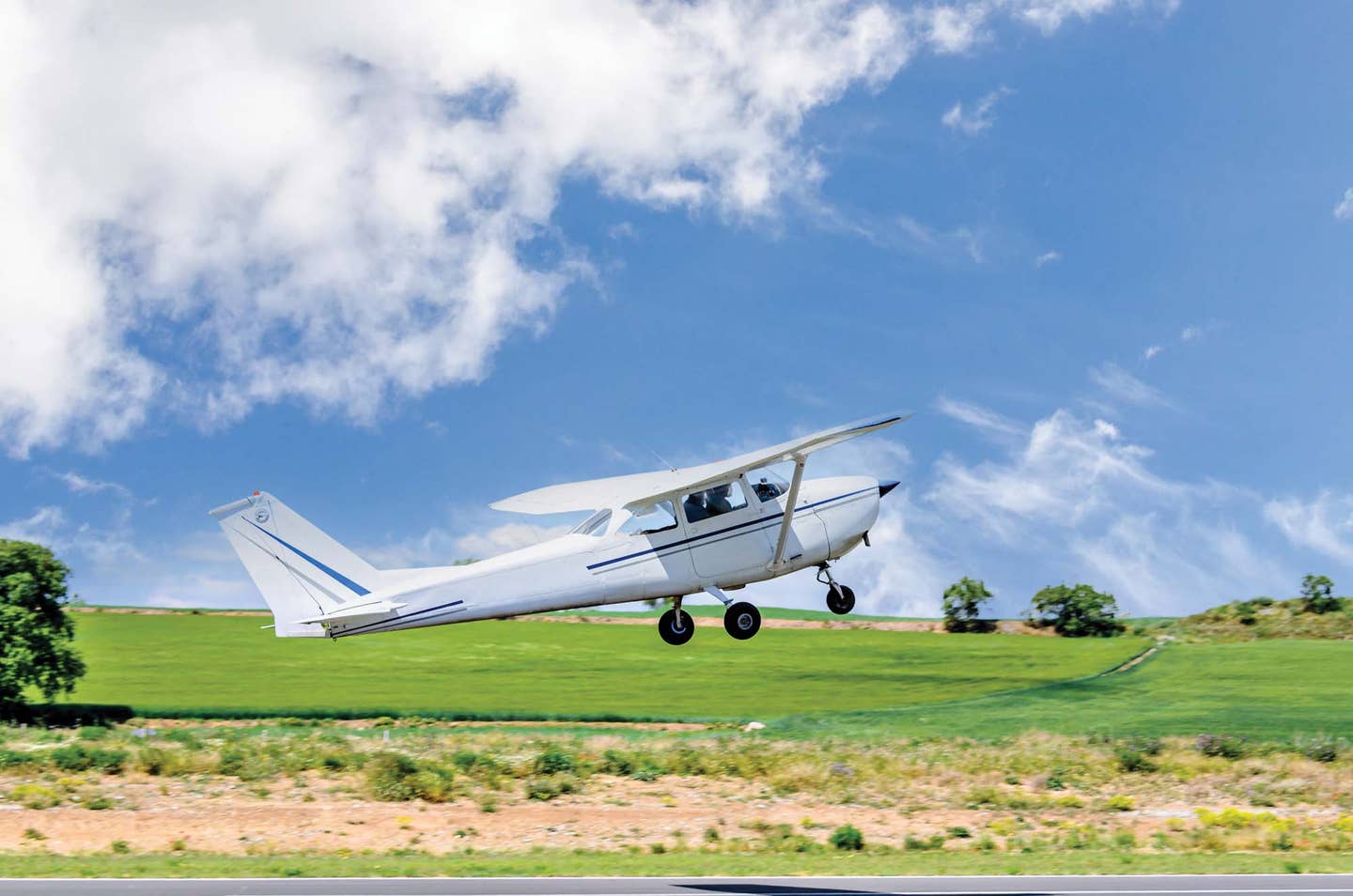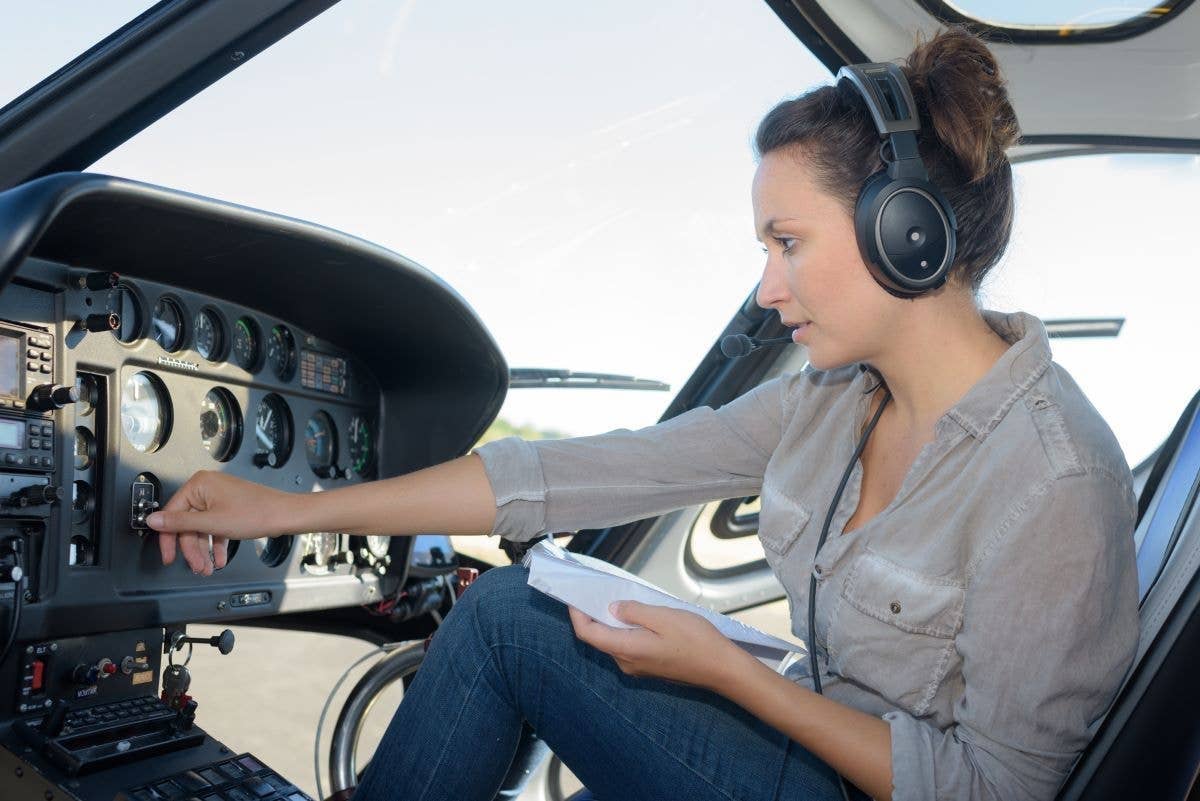Practical Guide to Drone Laws & Regulations for Remote Pilots
Navigating Federal and State Laws Like a Seasoned Professional
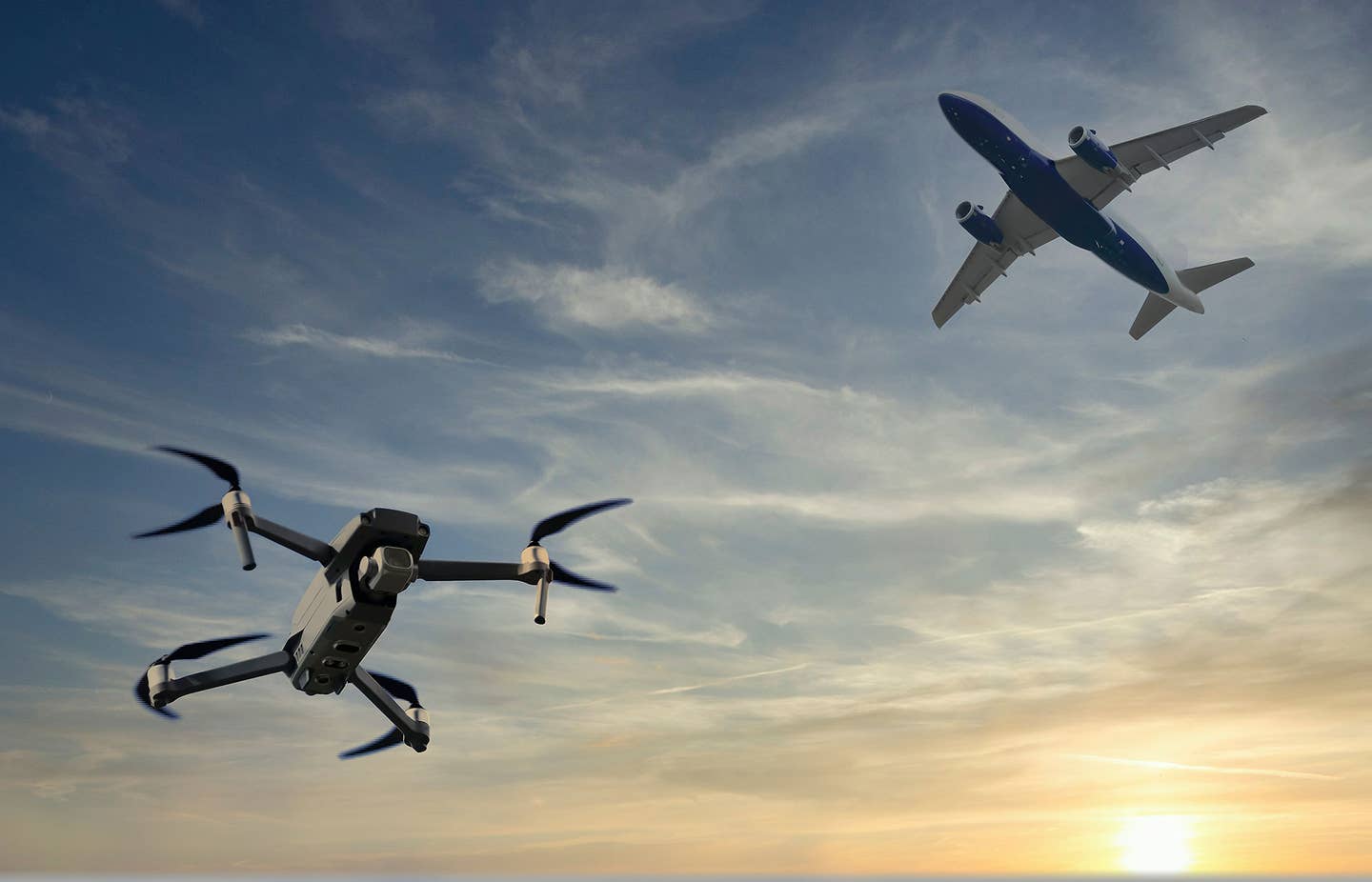
[Image: Adobe Stock]
Did you know that by 2023, the number of registered drones in the United States exceeded that of registered crewed aircraft? The latest numbers from the Federal Aviation Administration (FAA) show 782,203 registered drones. That is an enormous number of Unmanned Aircraft Systems (UASs) flying in the National Airspace System (NAS).
As the NAS becomes increasingly congested, managing the safe and efficient use of airspace is becoming a growing challenge. Before August 2016, drone pilots had the freedom to fly in a significant portion of controlled and uncontrolled airspace with few restrictions. As drone use grew, many people expressed concerns over their safety, especially with no drone laws or rules being in place. FAA drone regulations were first solidified in August 2016 with the implementation of 14 CFR Part 107.
The FAA's unmanned aircraft rules have evolved since their initial implementation but are still relatively straightforward. If you are unfamiliar with them, this article will serve as a crash course on the basics of what is covered under 14 CFR Part 107.
The Federal Aviation Administration (FAA) and its Role
As you may already know, the FAA is the governing body tasked with regulating and overseeing all aspects of civil aviation in the United States. This authority extends to the NAS, affecting all drone operations. Whether you want to fly a drone for fun or as a commercial pilot, you must understand and follow these rules. Historically, some rules, such as Remote ID, have not been popular with drone pilots. However, these rules are designed to ensure safety, security, and efficiency in airspace usage.
Key Federal Regulations for Remote Pilots
While we won't be able to cover every rule and regulation related to operating drones in the NAS, we will identify some of the most important ones to know. It is crucial to remember that if you are flying drones, you are responsible for anything that happens as a result of the drone's operation. Any time you spend familiarizing yourself with applicable FAA regulations will be well spent. We will break federal regulations into five categories:
- Registration
- Operating rules
- Operational limits
- Part 107 certification
- Privacy and safety
Registration
Like crewed aircraft with their tail numbers, called "N-numbers," most drones require a registration number. Drone registration can be completed on the FAA's website and only costs $5 for a three-year registration. Any drone weighing more than 0.55 lbs (250 grams) and less than 55 lbs (25 kg) must be registered with the FAA. If your drone weighs less than 0.55 lbs (250 grams), you only need to register it if you are flying it commercially. In this case, it would need to be registered regardless of weight.
Registration numbers must be easy to read and placed on the drone's exterior. This can be done with stickers, engraving, or other methods.
Operating Rules
There are numerous rules related to operating a drone along with some exceptions to the rules. An in-depth understanding of the operating rules only comes with studying all regulations under Part 107. Here are some of the basics to get you started.
- Line of sight: Pilots must keep the drone within their visual line of sight at all times.
- Day/night operations: Drones can be flown commercially during the day or night. If you are flying at night, you must have anti-collision lights on your drone. Night is considered to be the period from 30 minutes after sunset to 30 minutes before sunrise in local time. Lights must be visible for at least three statute miles. You also need to complete night-flight training.
- Maximum altitude: Drones must be flown at or below 400 feet Above Ground Level (AGL). Some exceptions exist when flying around buildings, but 400 feet AGL is a good number to remember.
- Speed limit: The maximum ground speed for drones is 100 mph (87 knots).
- Right of way: Drones must yield right of way to crewed aircraft.
- Prohibited areas: Generally, drones cannot be flown over people, moving vehicles, or in restricted airspace (e.g., near airports, military bases) without proper authorization. Depending on the location you are in and the category of drone you are flying, you may be able to fly over people or from moving vehicles.
- Airspace authorization: For operations in controlled airspace (Class A, B, C, D, and E), pilots must obtain prior authorization from the FAA.
Operational Limits
- Weight limit: Drones must weigh less than 55 lbs (25 kg), including payload at takeoff. Any drone that is 55 pounds or greater cannot fly under Part 107 rules and moves into a new category of regulations.
- Pre-flight checklist: Pilots must conduct a pre-flight inspection to ensure the drone is safe for operation.
- No flying under the influence: Operating a drone while under the influence of drugs or alcohol is prohibited. A saying most pilots know is "Eight hours bottle to throttle,” meaning you are not allowed to consume alcohol within eight hours of flying. Keep in mind that if you drink a significant amount of alcohol and are still intoxicated after eight hours, you are still not allowed to fly.
- Flight over critical infrastructure: Flying drones over sensitive infrastructure (e.g., power plants, prisons, military bases) is restricted.
Part 107 Certification
Everyone flying drones commercially must have a Part 107 certification. Flying in this manner requires a more in-depth understanding of FAA regulations and drone requirements. If you do not already understand the material on the FAA's aeronautical knowledge test, you will need to learn it.
Online courses are an excellent place to start if you want to pass the Part 107 exam. Schools like Altitude University, Gold Seal, and the Pilot Institute offer excellent programs at affordable prices. Additional study materials can be purchased through the ASA and Sporty's.
At minimum, you’ll need to complete the following:
- Remote Pilot Certificate: To operate under the Small UAS Rule (Part 107), remote pilots must obtain a Remote Pilot Certificate from the FAA by passing an Aeronautical Knowledge Test.
- Recurrent training: Certificate holders must complete recurrent training every 24 months.
Privacy and Safety
When it comes to privacy, laws are vague. Rather than establishing set guidelines, drone pilots are supposed to respect people's privacy. There are no altitude limitations or distances a pilot must keep away from people. Local regulations may be more specific, but this is where you need to use common sense.
For example, if you are filming residential real estate and a neighboring home has children playing in a pool, flying 25 feet above them isn't the best idea. Use common sense. It may be helpful to notify people ahead of time that you are flying in the area.
On the side of safety, the FAA wants you to report accidents that occur as a result of your drone operations. Any operation that results in serious injury or property damage exceeding $500 must be reported to the FAA within ten days. The $500 does not include damage to your drone.
Navigating State and Local Drone Laws
As you can see from our brief overview of Part 107 regulations, the FAA has implemented many rules to keep drone operations safe in the NAS. While federal regulations are pretty comprehensive, state and local regulators in some areas may implement additional requirements and restrictions. For example, some locations prohibit flying drones in parks or near schools. Others may have more detailed regulations regarding privacy. All drone pilots must familiarize themselves with local ordinances wherever they are flying.
Pro Tips For Staying Compliant
You now have a good foundational understanding of the rules and regulations related to the Part 107. Here are a few pro tips to help you stay current with rules and get the most out of legal drone operations.
- Stay informed: Regularly review the FAA's Part 107 rules and updates. This ensures you're aware of changes to federal regulations, such as Remote ID requirements or night operation rules. The FAADroneZone is a great place to start.
- Pre-flight planning: Conduct thorough pre-flight checks, including reviewing airspace maps for any temporary flight restrictions (TFRs) or controlled airspace requirements that might need prior authorization. You can use apps like Aloft to help make checking airspace easier.
- Stay updated: Participate in online forums and communities. Many of the online schools we mentioned earlier have FaceBook groups or similar forums. Topics of discussion often include any recent updates to the Part 107.
- Continuous education: Take recurrent training seriously and consider advanced courses to deepen your understanding of safe and compliant drone operations.
The rapid growth of drone use in the United States highlights the importance and necessity of the FAA's rules and regulations related to operating UASs. Remote pilots should be familiar with drone regulations to get the most out of their flights while keeping the NAS safe. Responsible pilots will learn these rules and take time to stay informed about any updates to 14 CFR Part 107. If you would like to learn more about the Part 107, check out online courses and other resources to gain an in-depth understanding of these rules.
Flying drones as a hobby or commercially is fun and can be a great way to make a living. Regardless of whether you are a recreational or a professional flier, follow the rules in 14 CFR Part 107. By doing so, you’ll get the most out of your flights and keep the skies safe for everyone.
FAQ
Do you need a license to fly a DJI drone?
It depends on how you plan to use the drone. If you are flying commercially, you need a license. If you are flying just for fun, you do not need a license as long as your drone weighs less than 55 pounds.
Can you fly a drone over private property?
Usually, you can fly a drone over private property. This is because the Federal Government owns the sky above a property. You still need to respect people’s privacy and follow local or state laws that may be more restrictive than the federal guidelines.
What size drone can I fly without a license?
If you are flying commercially, you will need a license regardless of the drone’s size. If you are flying just for fun, you will not need a license as long as the drone is less than 55 pounds.
Sources
- FAA. “Drones by the Numbers.” Accessed July 7, 2024.
- FAA. “National Airspace System.” Accessed July 7, 2024.
- FAA. “Timeline of Drone Integration.” Accessed July 7, 2024.
- FAA. “How to Register Your Drone.” Accessed July 7, 2024.
- FAA. “FAADroneZone.” Accessed July 7, 2024.

Subscribe to Our Newsletter
Get the latest Plane & Pilot Magazine stories delivered directly to your inbox

